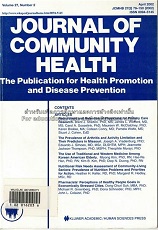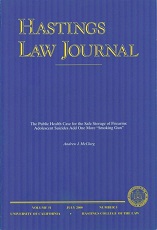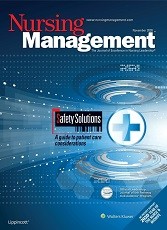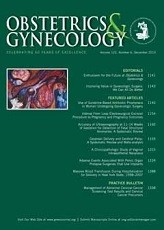S Wear,S Lagaipa,G Louge
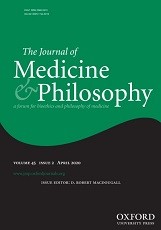
Abstract
The removal of life-sustaining treatment often brings physicians into conflict with patients. Because of their moral beliefs physicians often respond slowly to the request of patients or their families. People in bioethics have been quick to recommend that in cases of conflict the physician should simply sign off the case and “step aside”. This is not easily done psychologically or morally. Such a resolution also masks a number of more subtle, quite trouble some problems that conflict with the commitment to toleration and moral diversity that it is intended to support. These conflicts are detailed and evaluated.
Wear S, Lagaipa S, Louge G. Toleration of moral diversity and the conscientious refusal by physicians to withdraw life-sustaining treatment. J Med Phil. 1994 Apr;19(2):147-159.
